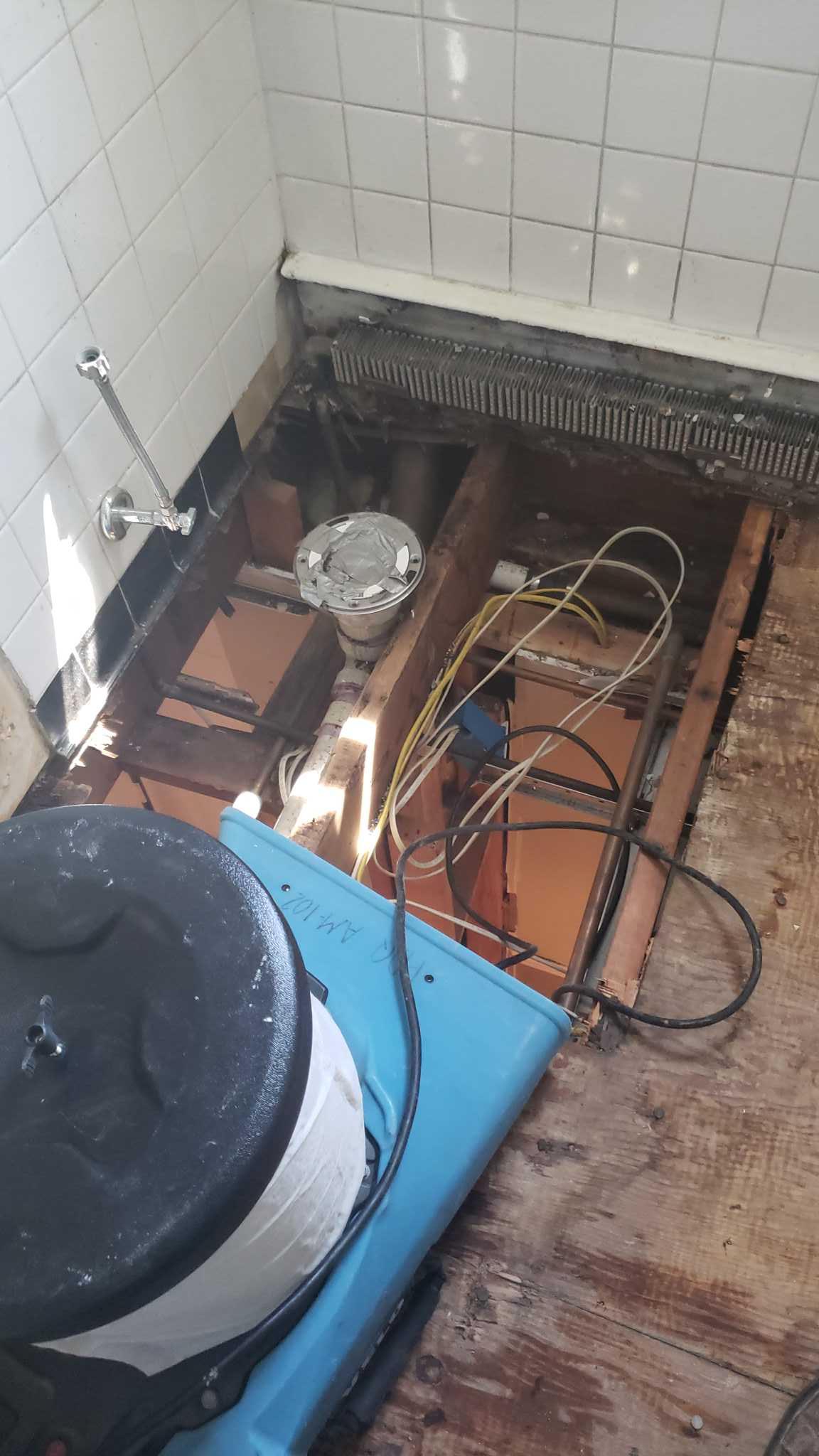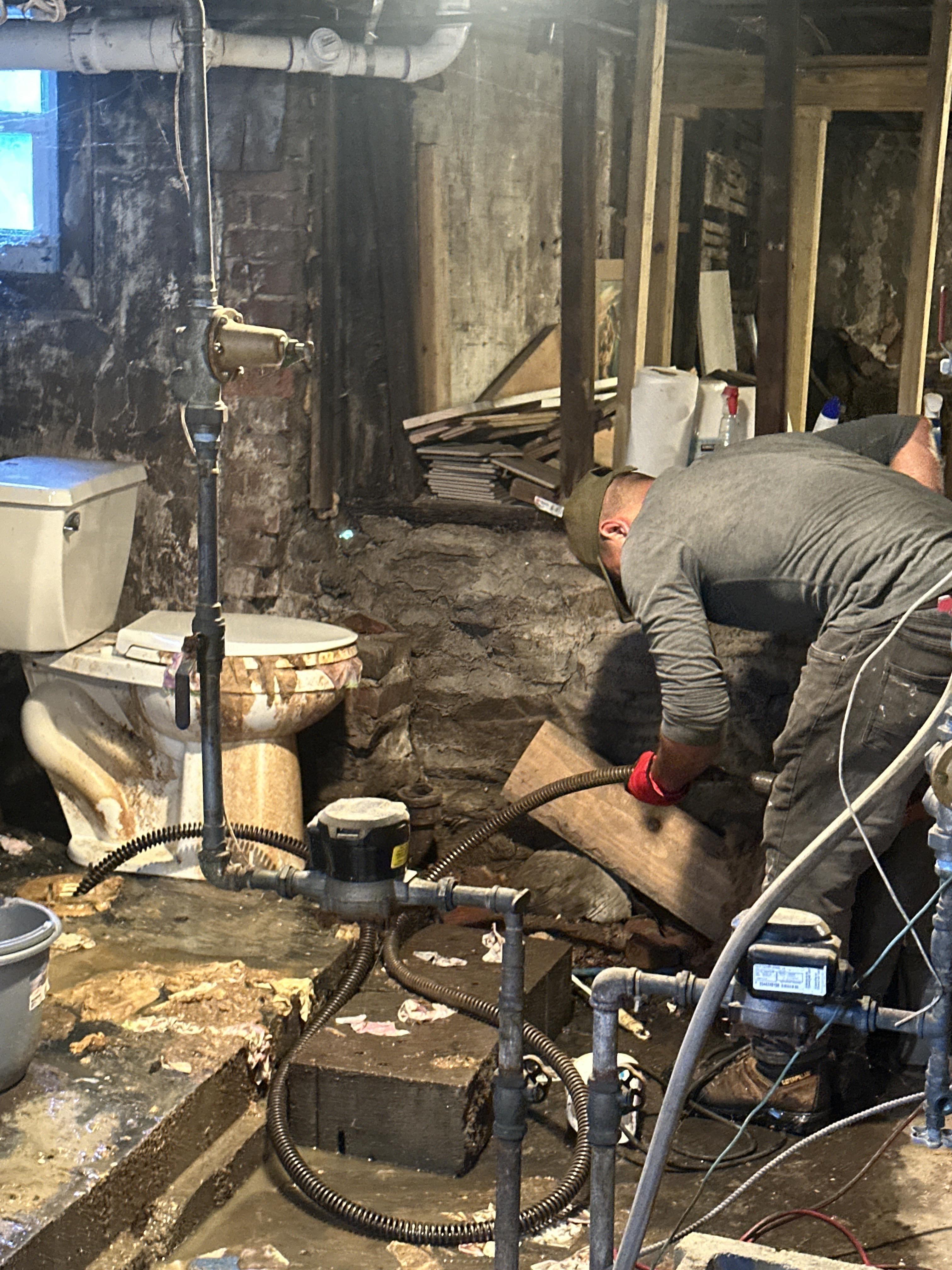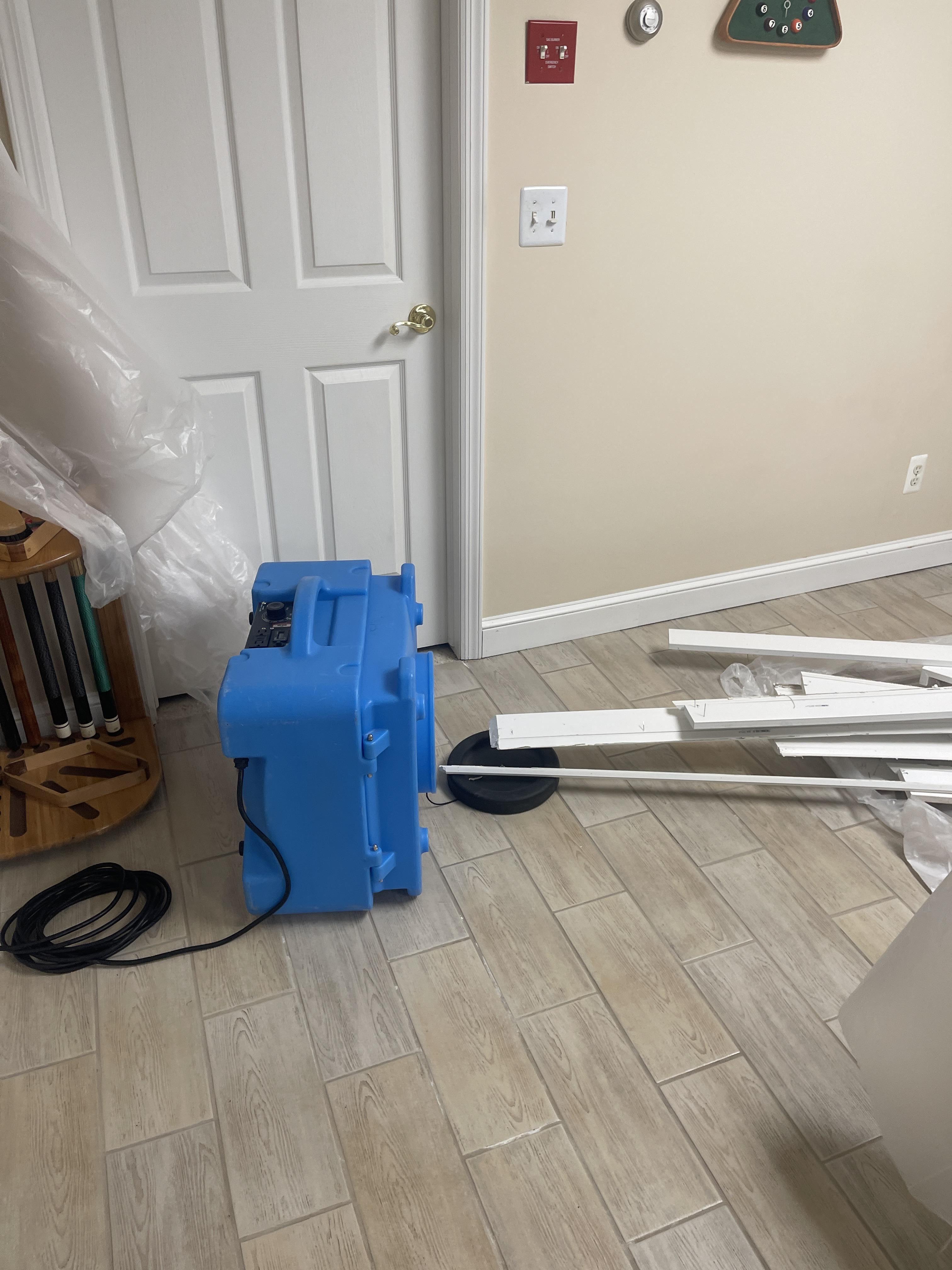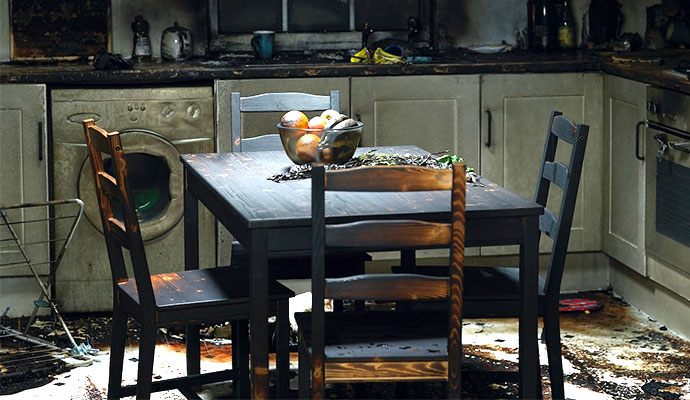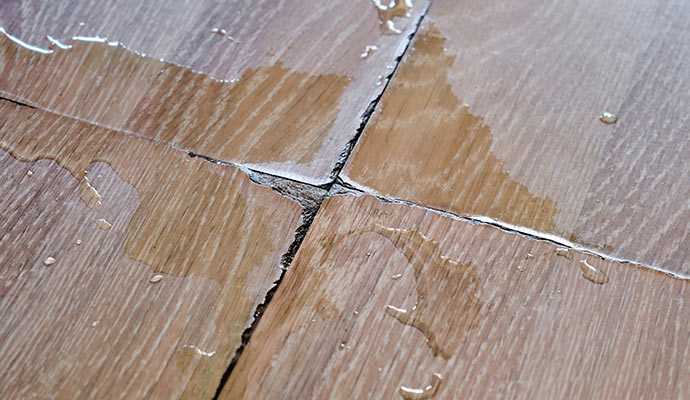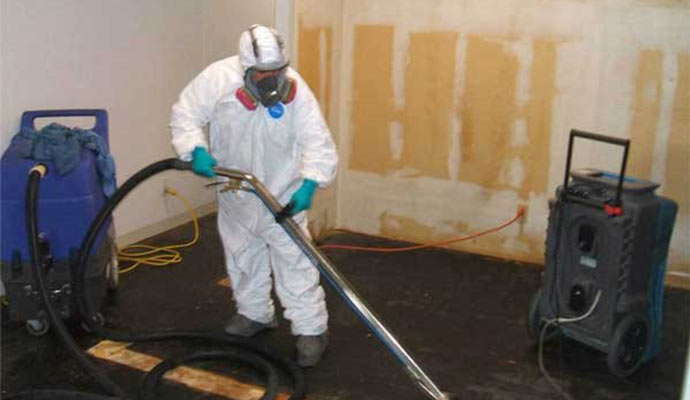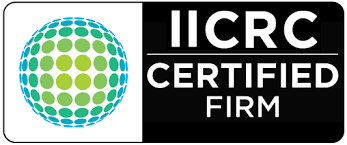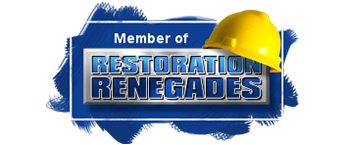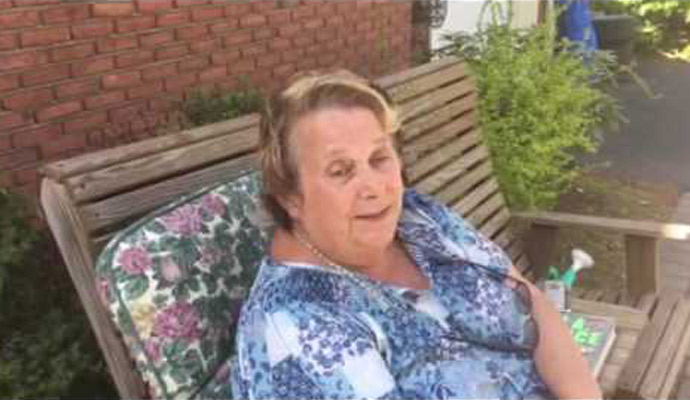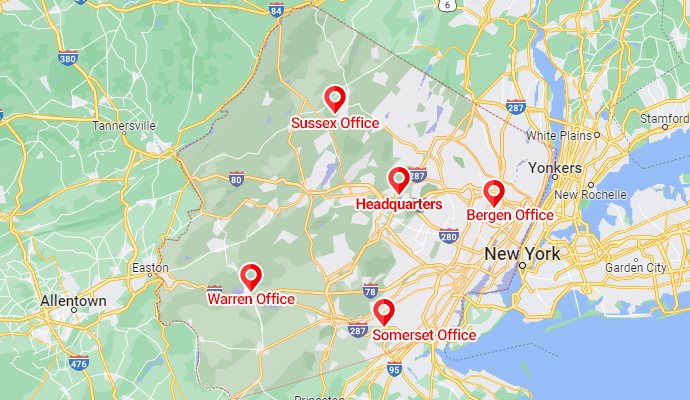How to Dry Out Your Water-Damaged Property
- Proper classification of water damage is critical to determining the restoration approach:
- Category 1: Clean water from a sanitary source like drinking water. Minimal health risks but still needs immediate drying.
- Category 2: Gray water from sources like washing machines or toilets with urine. This water can pose health risks and requires thorough cleaning.
- Category 3: Black water contaminated with harmful pathogens, such as sewage or floodwater. This is highly hazardous and requires removal of affected porous materials, followed by intensive cleaning and disinfecting.
- The faster you remove standing water, the better. Industrial-grade water extractors can remove large volumes quickly, significantly reducing drying time. Proper extraction prevents water from seeping deeper into building materials, reducing the likelihood of hidden moisture and subsequent mold growth.
- Removing damaged materials is essential, especially for Category 3 water damage:
- Remove saturated drywall, flooring, insulation, and carpet padding.
- Conduct “flood cuts” (removing the bottom portion of walls) to allow airflow and drying inside wall cavities.
- Remove all layers of wet flooring to prevent trapped moisture that can lead to rot or mold.
- For wet carpets, disengage the carpet, remove padding, and create airflow under the carpet using spacers and fans.
Be cautious about disturbing materials that may contain asbestos, such as older floor tiles, plaster, or drywall. Always test suspect materials before proceeding.
Clean and sanitize all affected surfaces with an antimicrobial agent to eliminate bacteria, mold spores, and odors. For Category 3 water damage, thoroughly disinfect the area to bring it back to Category 1 cleanliness before proceeding with drying. Commercial-grade products are most effective, but over-the-counter antimicrobials can also be used in non-critical areas.
Category 3 loss, you will first need to cleaned and disinfected it to category 1 before you start the drying process.
- Drying is the cornerstone of water damage restoration. It involves:
- Using air movers to circulate dry air across wet surfaces, especially walls, flooring, and cavities.
- Deploying dehumidifiers to reduce indoor humidity and capture moisture released into the air.
- Sealing off the wet area to concentrate drying efforts and prevent moisture from spreading to unaffected areas.
- If dehumidifiers are unavailable, monitor outdoor humidity levels and use dry outdoor air to "burp" moisture from the property when humidity is below 50%.
- Daily monitoring ensures that progress is on track and adjustments are made as needed. Moisture meters should be used to verify that all affected materials reach target dryness levels. Areas of concern include insulation-filled walls, layers of flooring, and vapor barriers like wallpaper. Failure to dry these areas completely can result in mold growth, rot, and long-term structural damage.
Make sure you get all areas dry! If you not you may get mold and/or rot.
Additional Considerations:
- Asbestos Awareness: Be cautious when removing older building materials that may contain asbestos.
- Layered Materials: Always inspect for multiple layers of flooring or drywall, removing all wet layers to the substrate.
- Isolation: Use plastic sheeting to seal off unaffected areas and prevent contamination or dust from spreading.
- Fire Code Walls: Garages and shared walls often have two layers of drywall; remove at least one layer to ensure proper drying.
By following these steps and adhering to S500 standards, you can effectively mitigate water damage, prevent secondary issues, and restore your property to a safe, dry state. For severe or complex water damage situations, professional restoration services are highly recommended to ensure complete and efficient recovery.
There are many other things you may need to know. This is just a very brief outline. Please give us a call and we will give you any FREE advice you may need. NO strings! We want to help you in any way we can.
If you would like us to come out with our meters when you are done to verify you dried everything, please call us. Again, NO charge.
Make sure you wear the proper PPE to protect yourself while doing any demo and cleanup!

